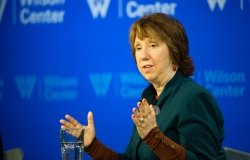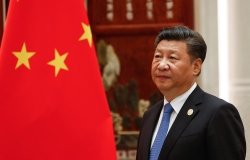Recent studies suggest that a large “youth bulge”—a youthful population age structure—can increase the risk of the onset of civil conflict and political violence (Urdal, 2006, Cincotta et al., 2003). These studies exclude states with a recent history of civil conflict, reasoning that they are already highly vulnerable to persistent and re-emerging violence (Collier et al., 2002). Can these two quantifiable variables—population age structure and recent history of civil unrest—be used to project risks of civil conflict a decade into the future?
About the Authors
The Environmental Change and Security Program (ECSP) explores the connections between environmental change, health, and population dynamics and their links to conflict, human insecurity, and foreign policy. Read more

Discussion: The Shape of Things to Come
On Tuesday, October 2, 2007 at 3:00 – 5:00 ET

Takeaways from the 2023 Southern Voices Network for Peacebuilding Conference
By Oge Onubogu on September 22, 2023

Lustrating Judges Is the Key to Post-Putin Transitional Justice
By Igor Slabykh on September 22, 2023

Smart Take | Five US Citizens are Free After Prisoner Swap with Iran
2:06

Inequity in the Face of Unconstitutionality: The AU's Punitive Discrepancy
By Stephanie Lizzo on September 13, 2023

The Implication of Russia’s Invasion for Ukraine’s Foreign Policy
By Iliya Kusa on September 12, 2023

Climate Adaptation at COP28: Eyes on the Middle East

Cathy Ashton: Dealing with Putin and Lavrov, Kosovo–Serbia, and 'radical humility'

Russia’s Unprecedented War Budget Explained
By Boris Grozovski on September 7, 2023

Xi Jinping’s Pending Absence at the G20
By Robert Daly on September 6, 2023